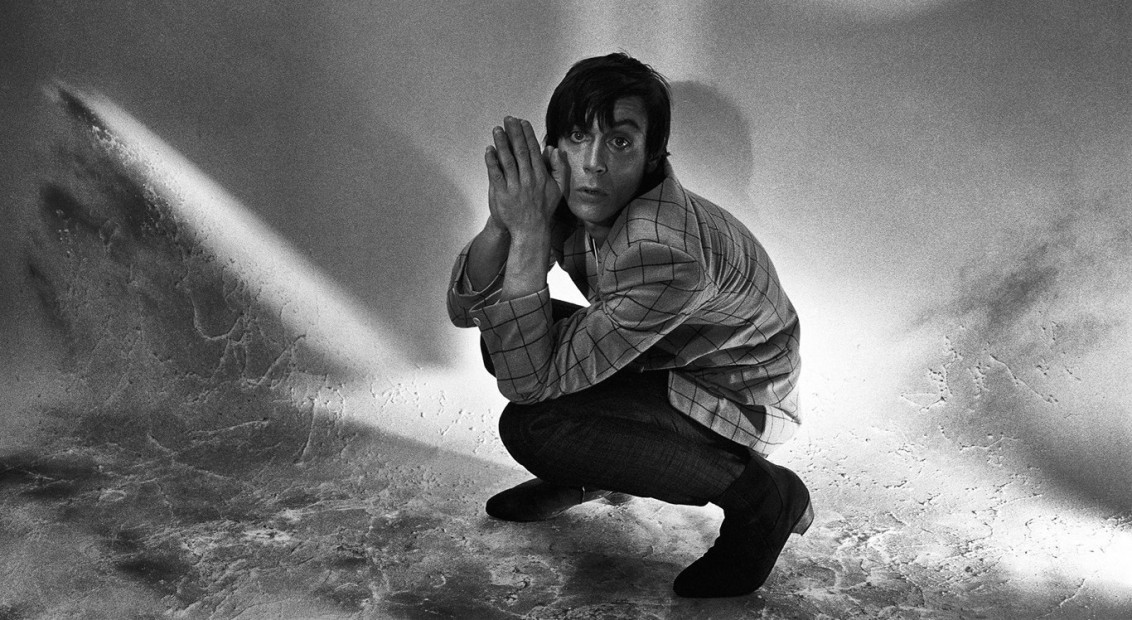
The sub-cultural identities and their visual signifiers, which is a very important aspect especially in music photography today welcome a digital upgrade. Many photographers today debate that this is not too welcoming an upgrade at all. But for a photographer like Brian Griffin, music photography “helped to light things more subtlety”. There is something about lighting things up a bit today because there are many aspects in art photography that actually stays in the shadow. When I asked a professor Brian Griffin D.Univ. (BCU) Hon. FRPS, in my interview about photographing musicians and how the photographer finds that unique, enduring moment to capture the madness on the stage – that little detail on or off the stage, he gave me the most spectacular answer, short and clear (and I like short and clear) “Totally intuitive”. When did I ask which is more important the expressive or factual nature of the photo taken Brian answered “What is important is the intrigue generated by the photograph.” But what is the intrigue for a viewer? What is that memento important to us? On a photo that we may like we sometimes spot the lighting. For us who just glance, beautifully lit images have more visual impact: “Light is vital, it is the essence within a photograph. Most photographers do not understand this. Lighting is emotional you have to feel it.”
Brian Griffin, the very well – known photographer of our days, besides photographing big stars and musicians such as Iggy Pop was a part of the controversial youth generation of the early Thatcher years in Great Britain when he created a line of photography that actually gave Griffin a name, and in all this, I wanted to know what was the turning point, was it Iggy Pop? Because the music is the turning point to a young people. The answer to this question was (un)expected: “It was not Iggy Pop. More Franz Kafka! As you may know, I did a portrait of Margaret Thatcher when she was Prime Minister. My upbringing was in the industrial part of the UK so politically I was a socialist, totally averse to Thatcherism. It proved to be very inspiring photographically the massive changes that were happening.”
In a sense of lightening things up, we could continue to code up more about the light aspect in photography, and for that, we would need more time and an extra-ordinary more space. Brian Griffin’s photography tells a story and this is not a silent story. This is photography that talks louder than we think, as he explained in an interview “My films are silent something which I am anything but!” A true artist, with art, tells the story aloud.
And to spice it up a bit as I usually do, if we would go to more academic discussions about photography and into decent research about Brian Griffin’s photography, in many academic types of research it is said that photography was Kafka’s key metaphor in his literary approach and for that, I quote Silke Horstkotte, IASLonline “As Duttlinger convincingly demonstrates, photography is a central theme in Kafka’s writings of all periods as well as a key metaphor for Kafka’s literary approach… This study doubtlessly offers a vital contribution to existing research and sets new standards in Kafka scholarship, as well as providing an indispensable account of the media-historical background, context, and sources that shaped Kafka’s writing”
